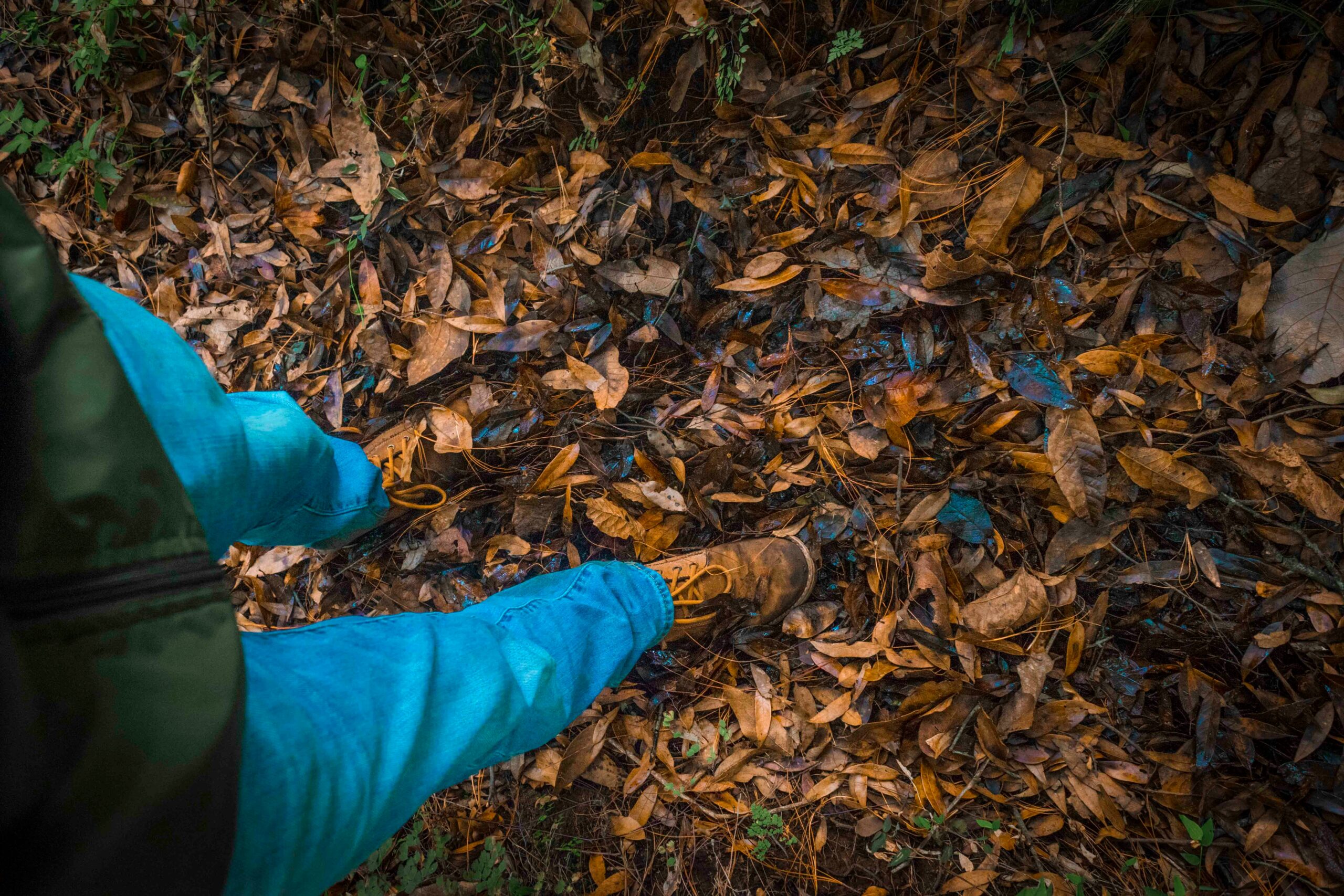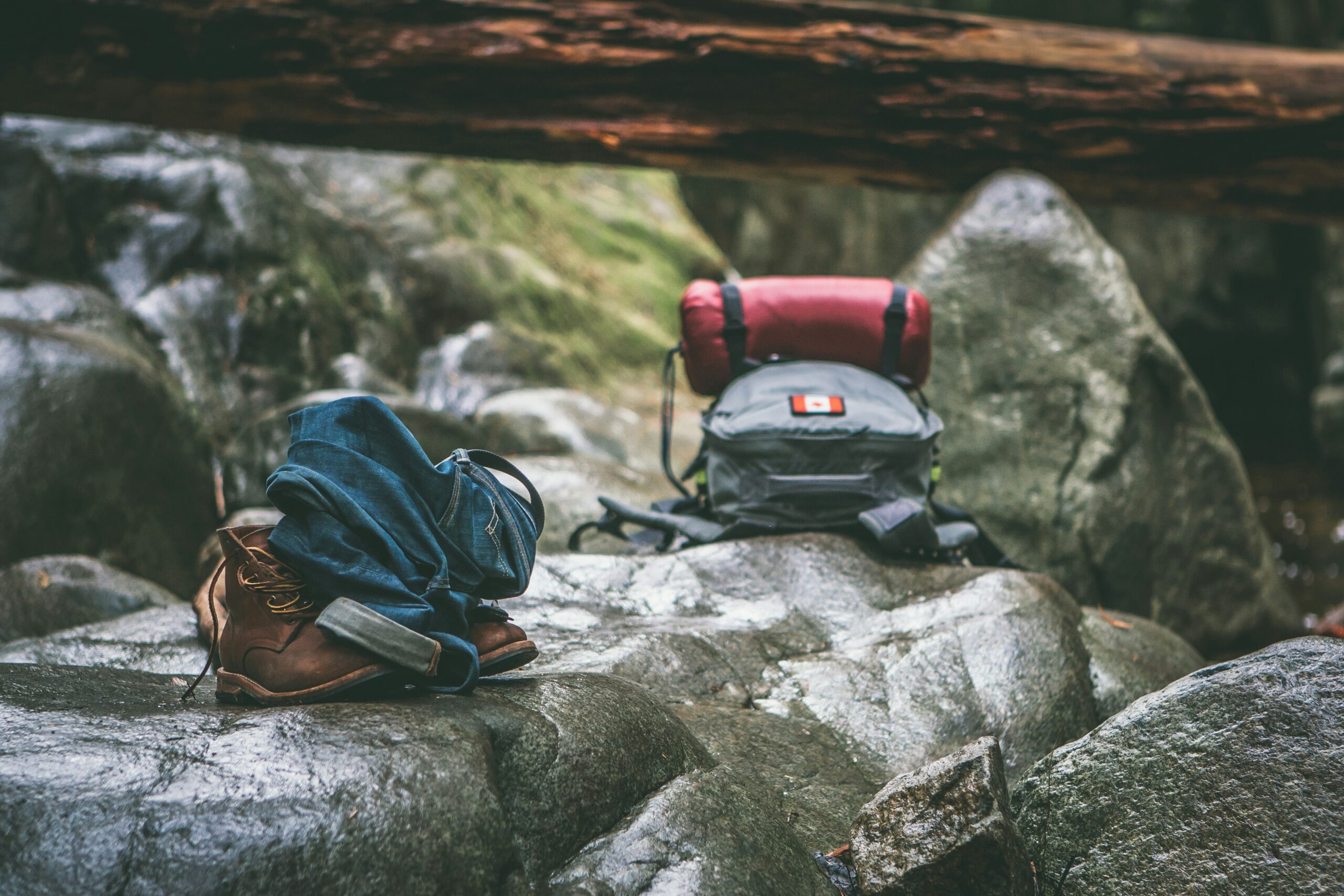The Ultimate Guide to Choosing the Right Hiking Shoes

Understanding the Different Types of Hiking Shoes
When it comes to selecting the right footwear for hiking, understanding the various types of hiking shoes available is crucial. Hiking shoes can be generally categorized into three main groups: hiking boots, trail runners, and approach shoes. Each category is designed with specific features that cater to different hiking styles and terrains.
Hiking boots are the most traditional type of hiking footwear. These boots are typically constructed with sturdy materials such as leather and reinforced stitching, providing durability and support. Available in low, mid, and high-top designs, hiking boots offer excellent ankle support, making them suitable for rugged terrains and long-distance hikes. However, they can be heavier than other options, which might not appeal to those seeking a lighter footwear choice.
Trail runners have gained popularity among hikers looking for lightweight and flexible options. Designed primarily for running on trails, these shoes offer excellent breathability and comfort, catering to faster-paced trekking. While trail runners typically have less support and protection compared to hiking boots, they excel in providing traction on various surfaces. They are an excellent choice for those engaging in day hikes or lighter treks in less technical terrains.
Approach shoes are another type of hiking footwear, bridging the gap between hiking and climbing. These shoes often feature a sticky rubber sole designed for traction on rocky surfaces, making them ideal for scrambles and technical terrains. Their low-top structure offers agility and flexibility, allowing minimal restriction during movement. However, they may not provide the same level of support or cushioning as traditional hiking boots, which could be an important consideration for prolonged hikes.
In summary, understanding the differences between hiking boots, trail runners, and approach shoes can significantly influence your hiking experience. Each type of shoe has its own advantages and disadvantages, making it essential to choose based on the specific terrain and hiking style you intend to pursue.
Key Features to Look for in Hiking Shoes
When selecting the appropriate hiking shoes, several critical features come into play that can significantly impact your overall hiking experience. The right shoe fit and sizing are paramount, as poorly fitting shoes can lead to blisters and discomfort on the trail. It is advisable to try on hiking shoes with the type of socks you plan to wear, and ensure there is adequate space for your toes to move without being cramped.
Cushioning is another essential feature, as it absorbs shock and provides comfort during extended walks. A shoe with good cushioning can reduce fatigue and make challenging trails more manageable. Similarly, traction is crucial for maintaining grip on various surfaces. Hiking shoes should have rubber soles with deep lugs that can effectively bite into the terrain, preventing slips and falls on steep or uneven paths.
Breathability is also an important factor, especially in warmer climates. Materials such as mesh allow for airflow, helping to keep your feet dry and comfortable during strenuous activities. However, for environments where water may be an issue, waterproofing becomes essential. A good hiking shoe should fend off moisture and keep your feet dry in wet conditions, with features such as Gore-Tex membranes providing reliable protection.
Support, particularly around the ankles, is vital for preventing injuries on rocky trails. High-top hiking shoes can offer additional support, while lower-cut options may provide more freedom of movement. When evaluating these features, one should consider trying shoes on various surfaces to assess their performance and comfort effectively. Furthermore, obtaining shoes online requires attention to reviews and brand-specific sizing charts to ensure a proper fit.
How to Properly Fit and Break in Your Hiking Shoes
Finding the ideal fit for hiking shoes is crucial to ensure optimal comfort and performance on the trails. It is generally recommended to try on hiking shoes later in the day when your feet have had a chance to swell slightly. This time of day provides a more accurate representation of how the shoes will feel during hikes, as your feet can expand when they are in motion. When trying on shoes, ensure to wear the same type of socks you intend to use while hiking. This consideration will play a significant role in achieving the best fit, as the thickness and material of socks can affect how tightly the shoes hug your feet.
Another vital aspect to examine is the toe space. When standing upright, there should be enough room in the toe box to wiggle your toes comfortably, approximately half an inch of space between your longest toe and the end of the shoe. This allowance not only improves comfort but also helps prevent unpleasant experiences such as blisters and black toenails during extended hikes. While testing hiking shoes, take a few moments to walk around and even simulate inclines to ensure you are still comfortable in varied positions.
After you acquire your new hiking shoes, proper break-in procedures are essential for avoiding discomfort. Start by wearing the shoes for short walks on level ground, gradually increasing the duration and difficulty of the terrain. This gradual increase in challenge allows your feet and the shoes to adapt together, minimizing the risk of blisters and soreness. Engaging in this slow acclimatization ensures that your shoes are well-prepared before embarking on more strenuous hikes, significantly enhancing your overall hiking experience.
Caring for and Maintaining Your Hiking Shoes
Proper care and maintenance of hiking shoes are essential for prolonging their lifespan and ensuring optimal performance on the trails. To begin with, regular cleaning is crucial. After each hiking adventure, it is advisable to remove dirt, mud, and debris using a soft brush or cloth. For deeper cleaning, lukewarm water combined with a mild soap can be used. It is important to avoid harsh chemicals that may damage the shoe’s material. Once cleaned, let them air dry away from direct sunlight or heat sources, which can warp the material and affect the fit.
Re-waterproofing your hiking shoes is another vital aspect of maintenance. Over time, the waterproofing treatment can wear off, making shoes less effective against moisture. Depending on the frequency of use and environmental conditions, it is recommended to reapply a waterproofing spray every few months or after intensive hikes in wet conditions. This simple step can significantly enhance your footwear’s performance and comfort.
Additionally, periodic inspections for signs of wear and tear should not be overlooked. Checking for cracks in the sole, excessive wear on the tread, or delamination of materials can help identify potential issues before they become serious problems. If you notice any significant damage or if the shoes no longer provide adequate support, it may be time to invest in a new pair of hiking shoes. Remember, the right footwear is crucial in preventing injuries and ensuring an enjoyable hiking experience.
In conclusion, maintaining your hiking shoes through regular cleaning, re-waterproofing, and careful inspections will greatly extend their functionality and lifespan. By following these best practices, you can ensure that your footwear remains in peak condition for your future adventures.




Leave a reply